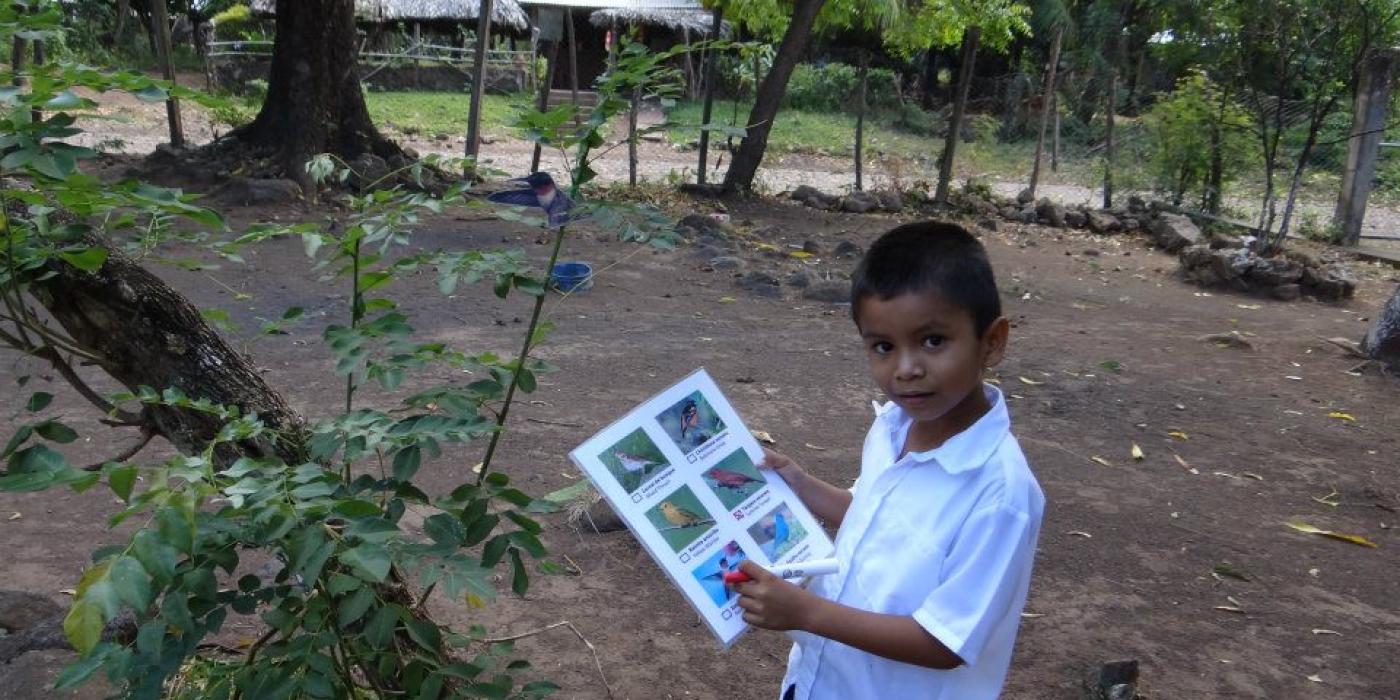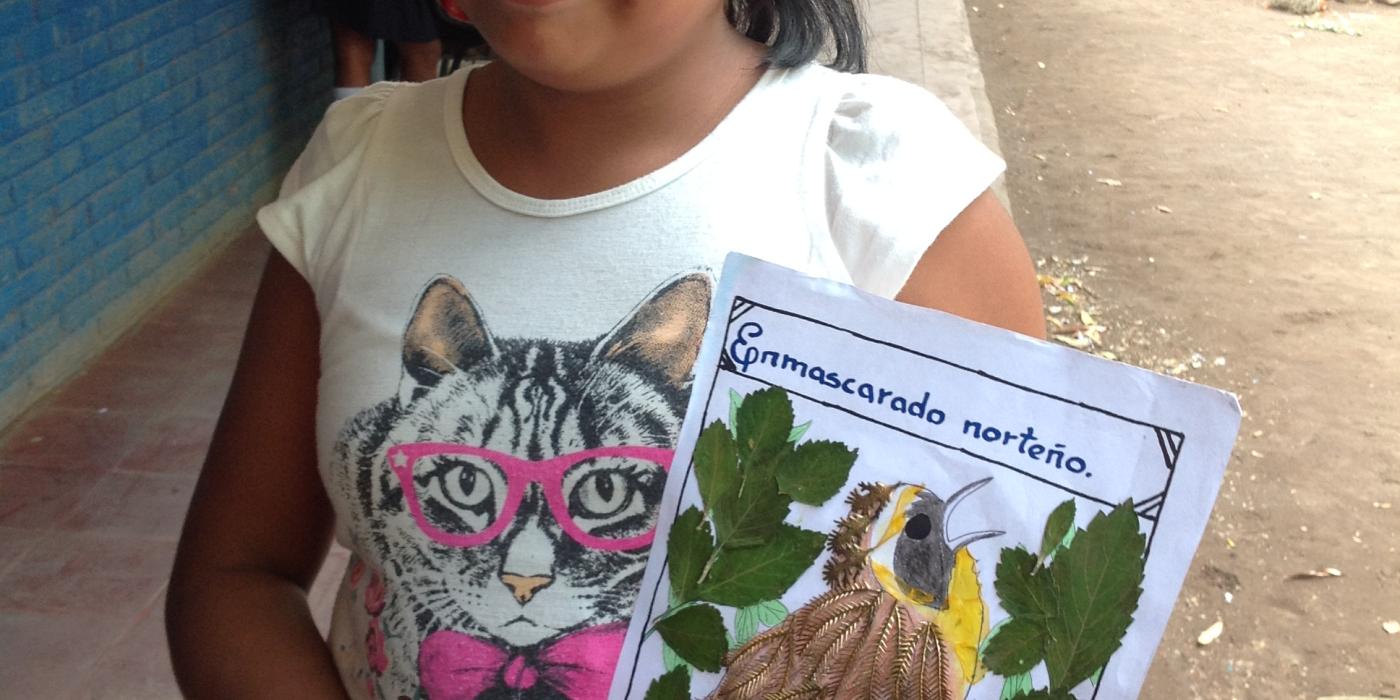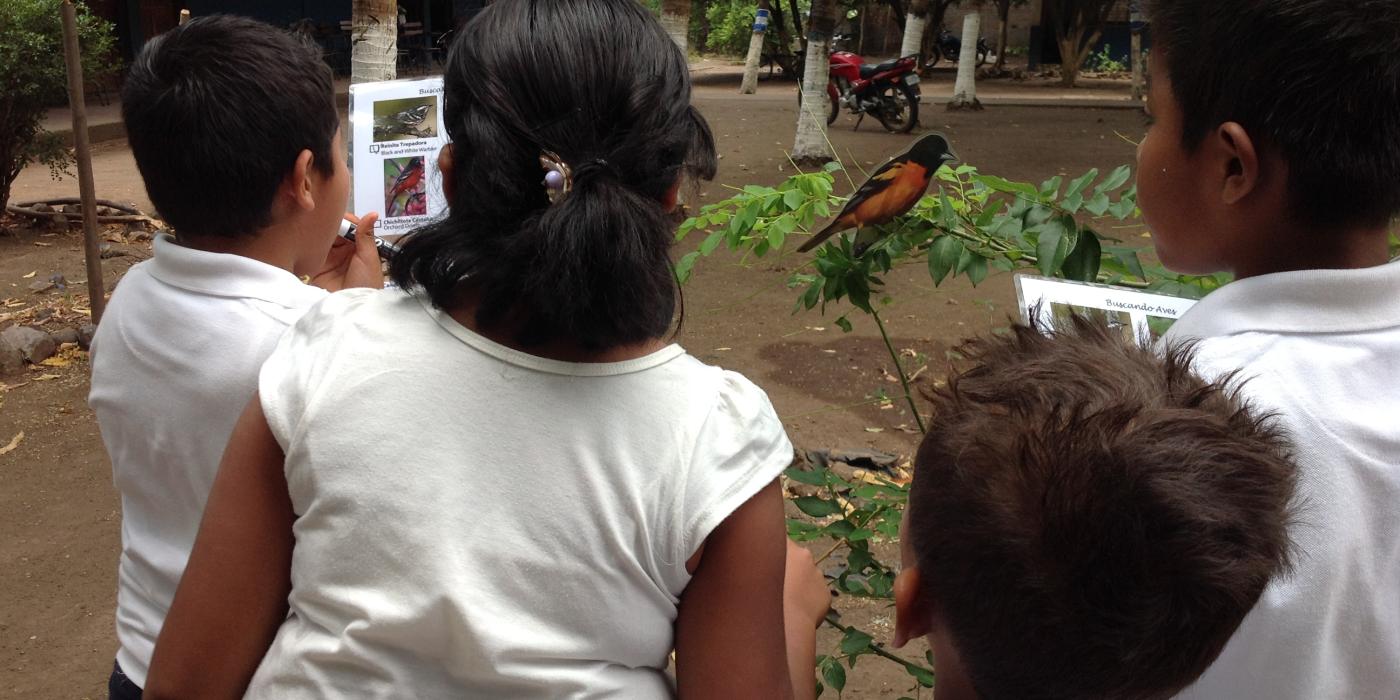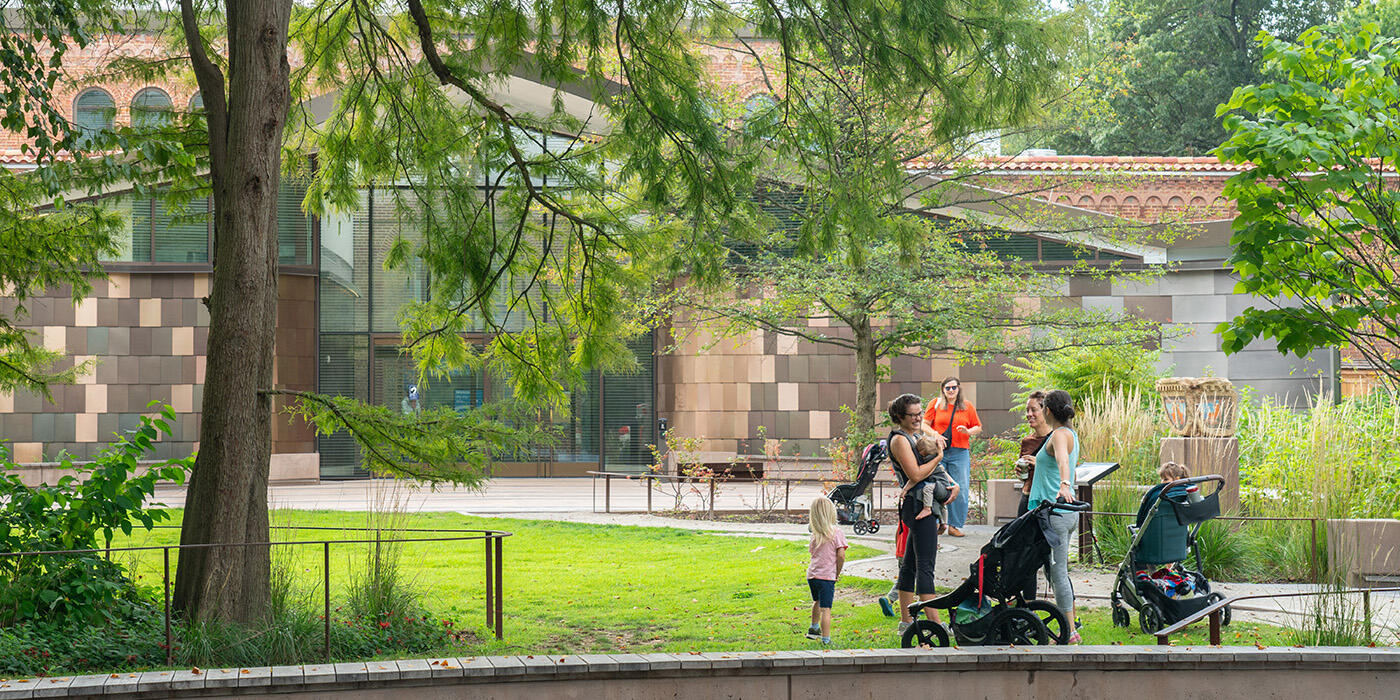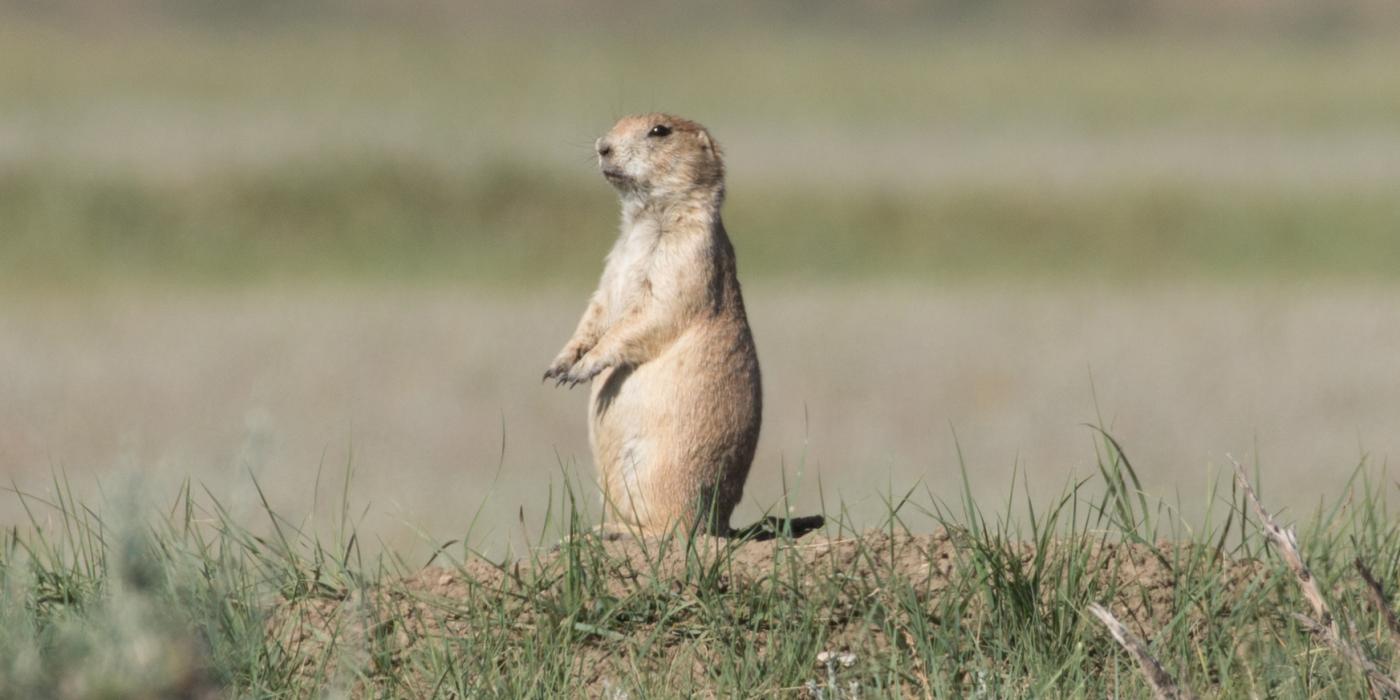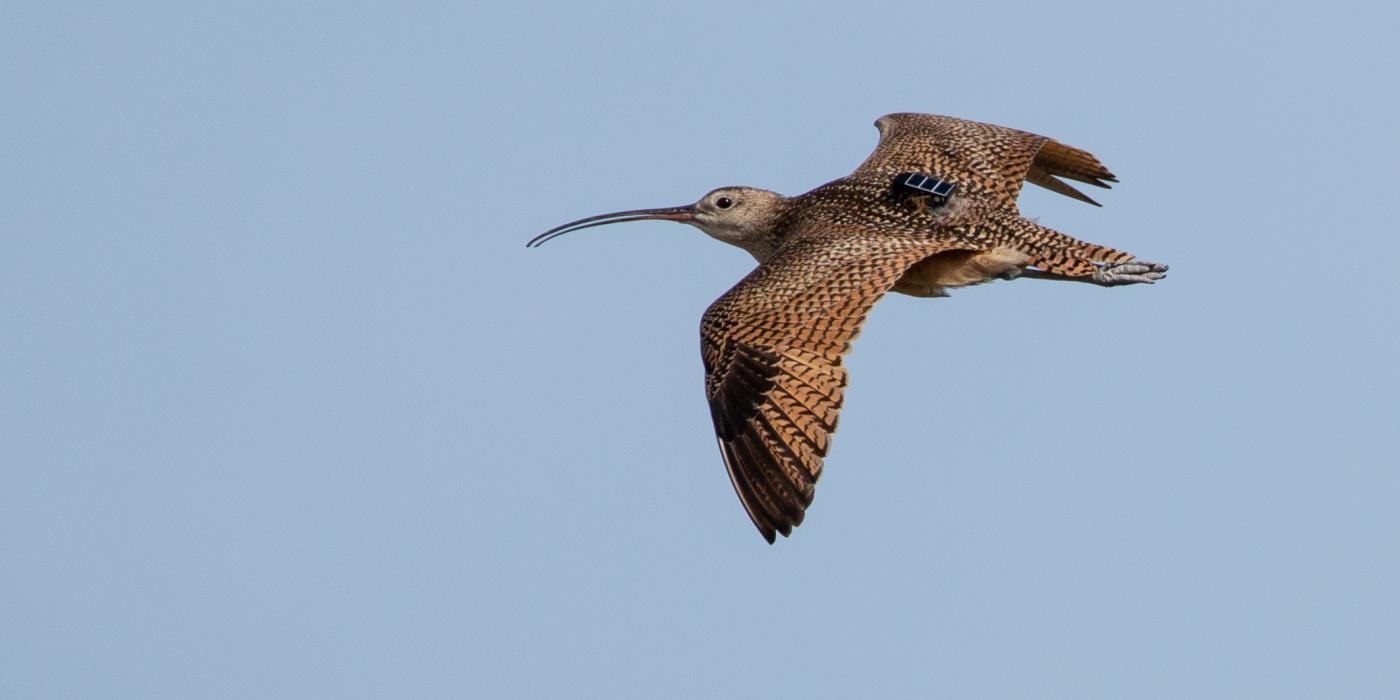Earth Optimism: Bridging the Americas
Where do migratory birds go when they head south for the winter? To find out, students in the United States are partnering with classmates in Latin America as part of the Smithsonian Migratory Bird Center’s Bridging the Americas/Unidos por las Aves program. Conservation and education specialist Mary Deinlein recently traveled to Nicaragua along with four participating teachers from the US to teach students about the migratory birds in their own backyards.
What is ‘Bridging the Americas?’
It is a conservation education program that teaches students in the US and Latin America about the migratory birds that connect their communities. For example, classroom partners in the Virginia and Nicaragua receive a list of about two dozen species that live in both countries for part of the year. Teachers assign each student to become an ‘expert’ for a particular species, and they share what they have learned about the birds and their annual migration cycles through letters, poems, artwork and other creative materials. It gives them an opportunity to think about the world through the lens of a migratory bird, which deepens their connection with nature and broadens their own world view. About 50 classrooms in both countries participate, grades two through four.
The most powerful aspect of this program is helping children to connect with nature but also to understand other countries and cultures that are different from their own. If children in the U.S. understand that a bird that they can see in their own backyard travels thousands of miles to Nicaragua, it encourages them to think “what is it like where that bird goes, and who lives there?” Same with the children in Nicaragua.
Why is it important for children to make these cultural connections?
A basic tenet of Bridging the Americas is teaching students that migratory birds are dependent upon habitats across the Americas. By knowing and understanding how to work together, we can preserve the environment that we all depend on.
Aside from providing humans with ecological and cultural benefits, birds are also indicators of the health of the environment. This program helps children care about the fate of birds and understand their connection to the environment. If birds are not doing well, then there may be elements in the environment that could potentially affect humans and other living creatures.
How do you teach children about migratory birds?
We do a variety of bird-themed activities with the students that highlight migratory bird species and help answer some basic questions: Why are birds important? Which bird species migrate? Why should we care about migratory bird species? What challenges do they face along their journeys? How can we protect them so that their journeys are successful?
Because it’s difficult to take multiple classes birding, we set up a bird scavenger hunt for the children instead. We attach laminated photos of birds to trees and shrubs around the school yard, then give each group of children a field guide. The students have to find each hidden bird figure and identify each species.
Another game asks the children to role-play as a bird migrating from Nicaragua to the United States. We scatter placards around the school yard, and each one has either a hazard or a benefit that migratory birds may encounter along their journey. The idea is to help children understand how amazing it is that these birds travel such great distances despite having to deal with storms, predators, and a number of manmade hazards. Pesticides can poison the birds or diminish food availability, and tall, lit buildings at night can disorient birds and lead to their crashing into them.
Do children have a greater appreciation for birds because of this program?
Definitely. The children in Nicaragua spend much of their time outdoors, and a very common pastime is to make homemade sling shots. Often, they would target birds and other living creatures. We have been told by the teachers in Nicaragua that they have noticed a dramatic decrease in their students targeting birds as a result of having a greater understanding of what these birds go through to make these incredible journeys to go there. That has been a great outcome of this program.
Children in the U.S., too, are really touched by what they learn about their classmates in rural Latin America. It’s a valuable lesson just realizing how different life can be, particularly in school where material resources are not always available. Since 2012, teachers from several schools have accompanied me to Nicaragua to meet their partner classrooms, and the schools have gathered donated school supplies to send down with them. And, this past year, one of our partner schools in Virginia was able to raise money through their PTA for four iPads and a year of internet access for their partner classrooms in Nicaragua. It’s been heartwarming, too, to see that this program has been a springboard for additional initiatives that have benefited children in both communities.

